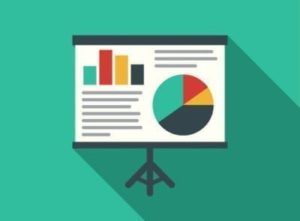In a new post on its corporate blog, behavioral biometrics specialist NuData Security has released the findings of a study conducted by its analysts that looked at cybersecurity trends over the first half of 2020. The report, titled “2020 H1 Fraud Risk at a Glance”, was conducted between January 1st and June 30th of this year, and had NuData analysts monitor global online changes in light of the COVID-19 pandemic.

NuData, which is owned by payment services provider Mastercard, highlighted several key points that were gleaned from its report, beginning with the fact that the percentage of cyberattacks that are considered ‘sophisticated’ rose from 90 percent in 2019 to 96 percent in 2020. In this instance, sophisticated attacks are defined as those that make the extra effort to emulate human behavior in an attempt to fool security systems that are only able to detect the basic behaviors of bots.
“We expect to continue seeing human-looking attacks increase across all industries,” notes the post. “As companies get wise to fraudsters and improve their bot-detection tools, fraudsters are forced to find another way in.”
Next, NuData points out the dramatic rise in account creation-based hack attempts in the first half of 2020. This type of attack involves fraudsters using stolen card information to create new accounts, often to buy highly sought-after goods in a large volume to resell at a later date.
The authors of the post write that “from March to June, one in every two account creation attempts was flagged as high risk by the NuData platform.”
Finally, NuData’s report says that the most common form of attacks are of the account takeover (ATO) type.
“This is unsurprising considering these attacks are deployed at a larger scale than others as login credentials are easier and cheaper to access than other types of user information,” note the authors.
In terms of which industries were the most targeted, NuData’s findings point to the travel and retail markets, noting that these are the two markets that have experienced the biggest fluctuations as a result of the COVID-19 lockdowns.
–
October 20, 2020 – by Tony Bitzionis







Follow Us